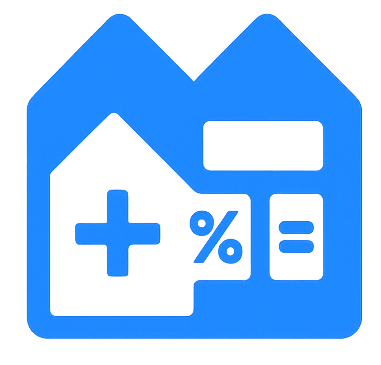FHA and conventional loans dominate the market, but each serves a distinct borrower profile. This side-by-side comparison clarifies costs, insurance rules, and underwriting so you can pick the loan that supports your homeownership goals.
Key takeaways
- FHA loans allow 3.5% down with scores as low as 580 but require mortgage insurance premiums for most of the loan life.
- Conventional loans waive private mortgage insurance once you reach 78% loan-to-value or request removal at 80%.
- Higher credit scores and larger down payments typically favor conventional loans, while heavier debt loads may lean toward FHA flexibility.
Compare upfront and monthly costs
FHA charges both an upfront mortgage insurance premium (UFMIP) and an annual premium. Conventional loans use private mortgage insurance (PMI) that adjusts based on credit score and down payment.
Use the calculator to model both scenarios. Plug in the MIP and PMI factors so you see the real monthly payment difference.
- Remember FHA allows seller credits up to 6%, compared with 3% for conventional when you put less than 10% down.
- Conventional loans may require higher credit scores to keep PMI affordable.
Review underwriting flexibility
FHA can stretch debt-to-income ratios above 50% with strong compensating factors. Conventional guidelines typically top out around 45%.
FHA offers more leniency after credit events like bankruptcy or foreclosure, whereas conventional loans demand longer waiting periods.
- Consider FHA if you have thin credit history or higher debt but solid income stability.
- Choose conventional when you can reach 20% down within two to three years to remove PMI faster.
Plan for long-term costs
If you expect to keep the home for decades, compare how quickly you can remove PMI versus the cost of FHA mortgage insurance over time.
Build a refinance plan. Many borrowers start with FHA for flexibility and refinance into a conventional loan once equity improves.
Action steps to take next
- Quote both loan types with the same lender so fees stay consistent.
- Track PMI removal dates as part of your long-term budget planning.
- Re-run scenarios annually to confirm the original loan still delivers the best payment structure.
Mortgage questions answered
Can I cancel FHA mortgage insurance?
Only if you put at least 10% down. Otherwise, the annual premium lasts for the life of the loan unless you refinance.
Is PMI tax deductible?
The deduction has been renewed periodically by Congress. Check current IRS rules or talk to your tax advisor before counting on it.
